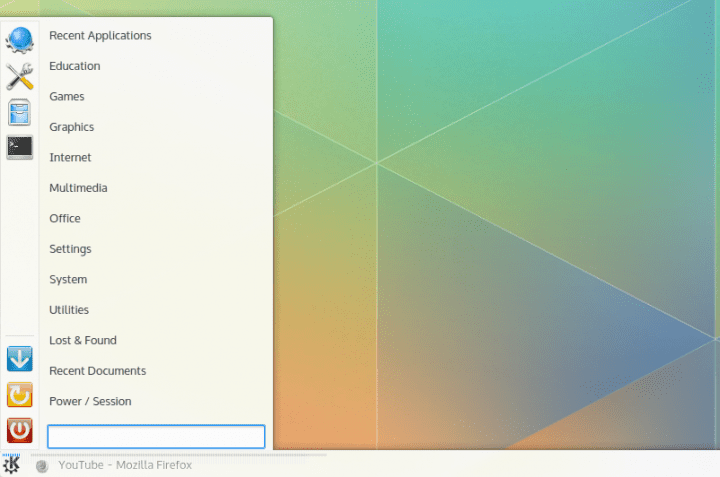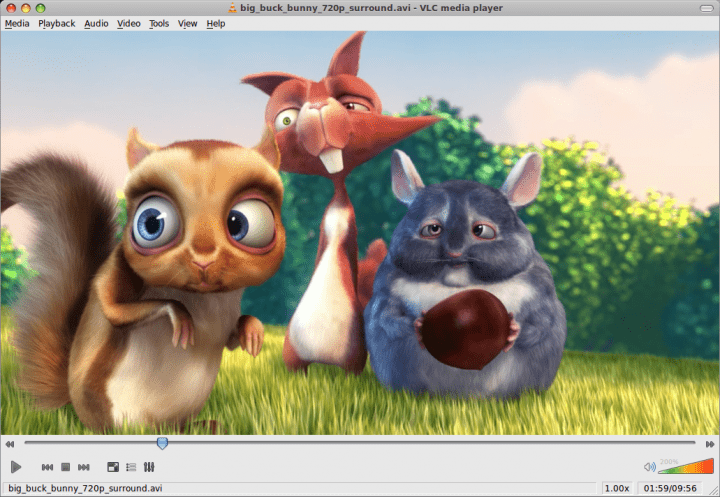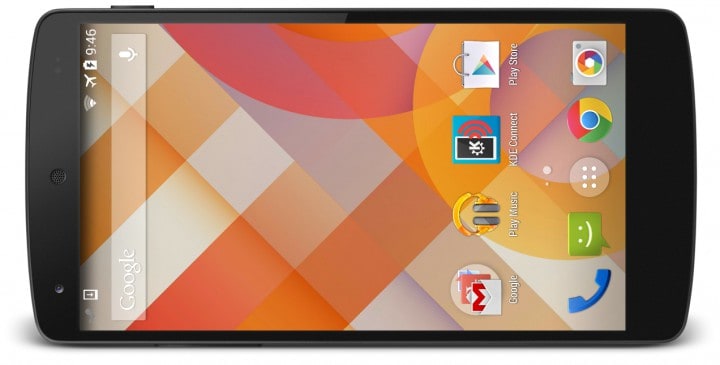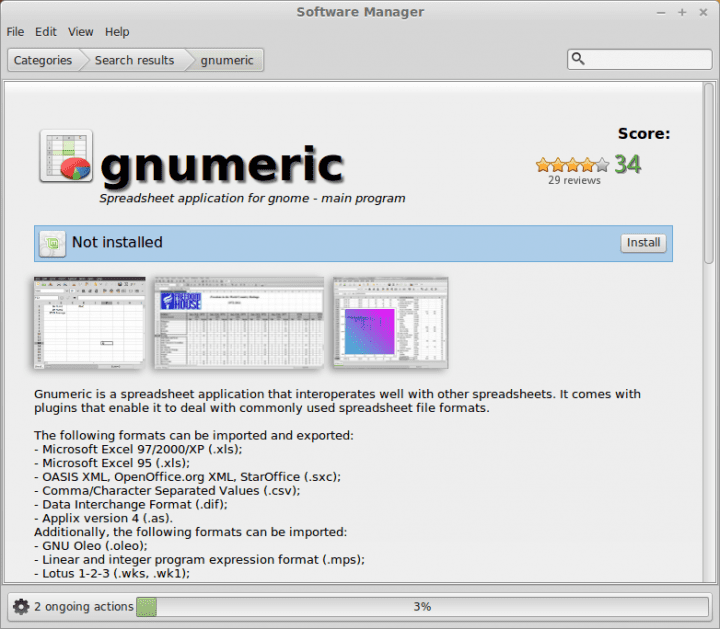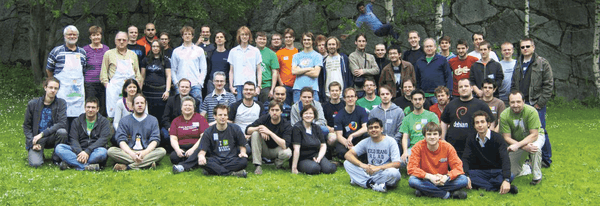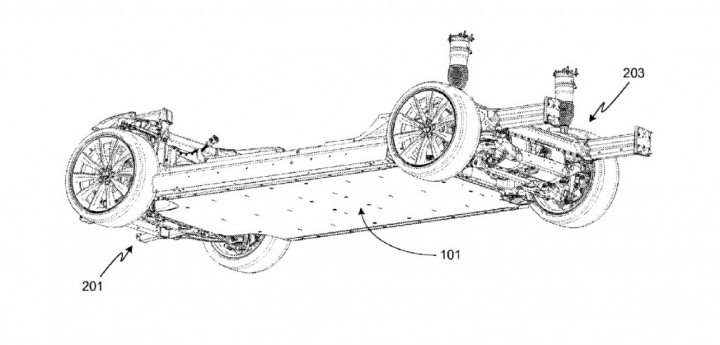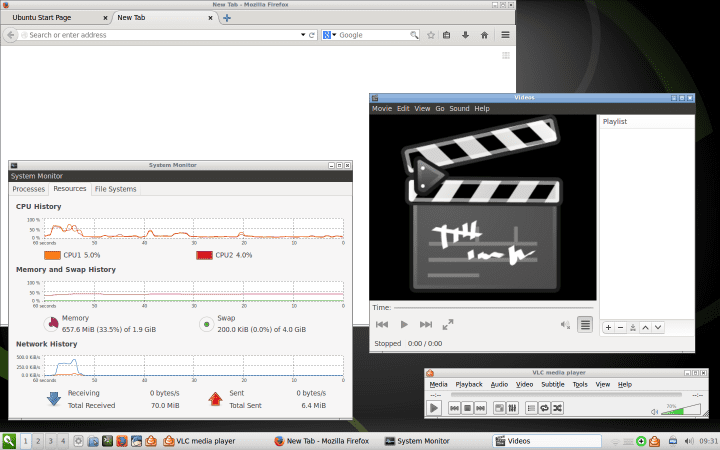Thoughts on main menus
July 29th, 2014 by Luis Augusto Fretes Cuevas
The first thing a user is expected to interact with, at least in any operating system with a graphical interface, is the main menu. Yet, outside of touch devices, there’s very little consistency across platforms. This suggests we haven’t yet figured out how to design a main menu for PCs in a way that satisfies most. Why is it so hard? What’s a main menu for? Before designing anything we got to be sure what is purpose is. The purpose of a main menu may seem obvious: to launch applications. This, however, is too simplistic. A slightly better way of… Continue Reading
From Windows to Linux, Part 2: Multimedia applications
July 21st, 2014 by Dedoimedo
Welcome to the second article in the series, one which teaches the wonders of migration from Windows to Linux in small, easily digestible chunks, with step by step instructions and a plenty of great tips to get you cozily underway. In the first piece, we discussed office programs, how they can be installed and used, both from official application stores as well as manual downloads and setups. We learned how to use the Software Center in Linux Mint, and we repeated all our actions from the command line, too. Today, we will focus on multimedia programs. Namely, how to get… Continue Reading
Review: KDE Connect
July 17th, 2014 by Luis Augusto Fretes Cuevas
Google and Apple are two companies known for being pretty innovative. Recently Apple followed by Google showcased their new way of integrating your mobile life into your desktop activities: Apple’s OS X and Google’s Chrome OS will pair with your iOS or Android device respectively to keep you up to date even when you’re not looking. Google seemed particularly proud of being able to show the remaining battery on your phone. As it’s always the case when two companies announce similar things and have such a big fanboy base, soon many Apple users started claiming Google copied Apple, an assertion that… Continue Reading
From Windows to Linux, Part 1: Office applications
July 14th, 2014 by Dedoimedo
After reading my Ultimate guide to Linux for Windows users, a handful of people emailed me their suggestions on how the guide can be extended and improved. They offered some ideas that might work in a comprehensive book, and others that fit much better as standalone articles. And that’s why we are here, to start a series of tutorials on making the Windows to Linux conversions less painful. I deliberated quite a lot on how to make this happen. Naturally, I ought to choose a single distribution, and stick with it, so that users can sort of relate to my… Continue Reading
Review: Netrunner 14
June 30th, 2014 by Luis Augusto Fretes Cuevas
The new version of Netrunner is here. For some users, the most important part of this release will be its LTS nature. Since Frontier is based on Kubuntu 14.04 it will receive updates for the next 5 years. For others, like myself, the most important part is the new features and improvements over the last iteration. What’s new? Improved System Settings The first thing I noticed was the Web Accounts icon was missing. I was rather surprised by it, then I opened up System Settings and you can still find it there under Social Accounts. Despite my initial surprise (purely… Continue Reading
“Won’t Freya be free?” – The cost of software
June 29th, 2014 by Luis Augusto Fretes Cuevas
One of the most original distributions out there is Elementary OS. The first version was hyped quite a lot, it wasn’t perceived by many as yet another distribution, they were in a mission to create a new desktop environment built on top of many of GNOME 3’s technologies. Elementary OS is perceived more along the lines of the likes of Linux Mint, Netrunner and Deepin. In fact, all four were featured in a recent article on OMG Ubuntu entitled Better than the real deal? 5 popular Ubuntu based distros. Yet the developers of Elementary OS found themselves in quite a… Continue Reading
Open Source Transportation 2.0
June 15th, 2014 by Luis Augusto Fretes Cuevas
It’s been almost year since Elon Musk showed his idea for a supersonic fully electric and solar form of transportation. The famous hyperloop caused much hype around the world, reminiscent of the good old days when the space race was going over and there were articles after articles discussing the future of humanity and technology. While I was excited about the technology itself as much as any other geek, I was particularly excited because Musk released his ideas as a blueprint without any patents and he encouraged participation from everybody. In his own words, he released the hyperloop as open… Continue Reading
A first look at LXQt
June 7th, 2014 by Dedoimedo
LXQt is the next generation of the Lightweight Desktop Environment, which means LXDE is dead, long live its successor. Yes? Something like that. Perhaps it makes sense. Rebuild the good stuff using a new, efficient framework. But then, reading some more, you will see that the word ‘port’ is used, which could indicate a branching of effort without pruning any old twigs. Hm, interesting. Anyhow, I’d like to see what LXQt can offer. Is it a viable idea to even begin considering? Especially in a highly saturated sphere of Linux desktop environments, most of which are tightly coupled to distributions… Continue Reading

